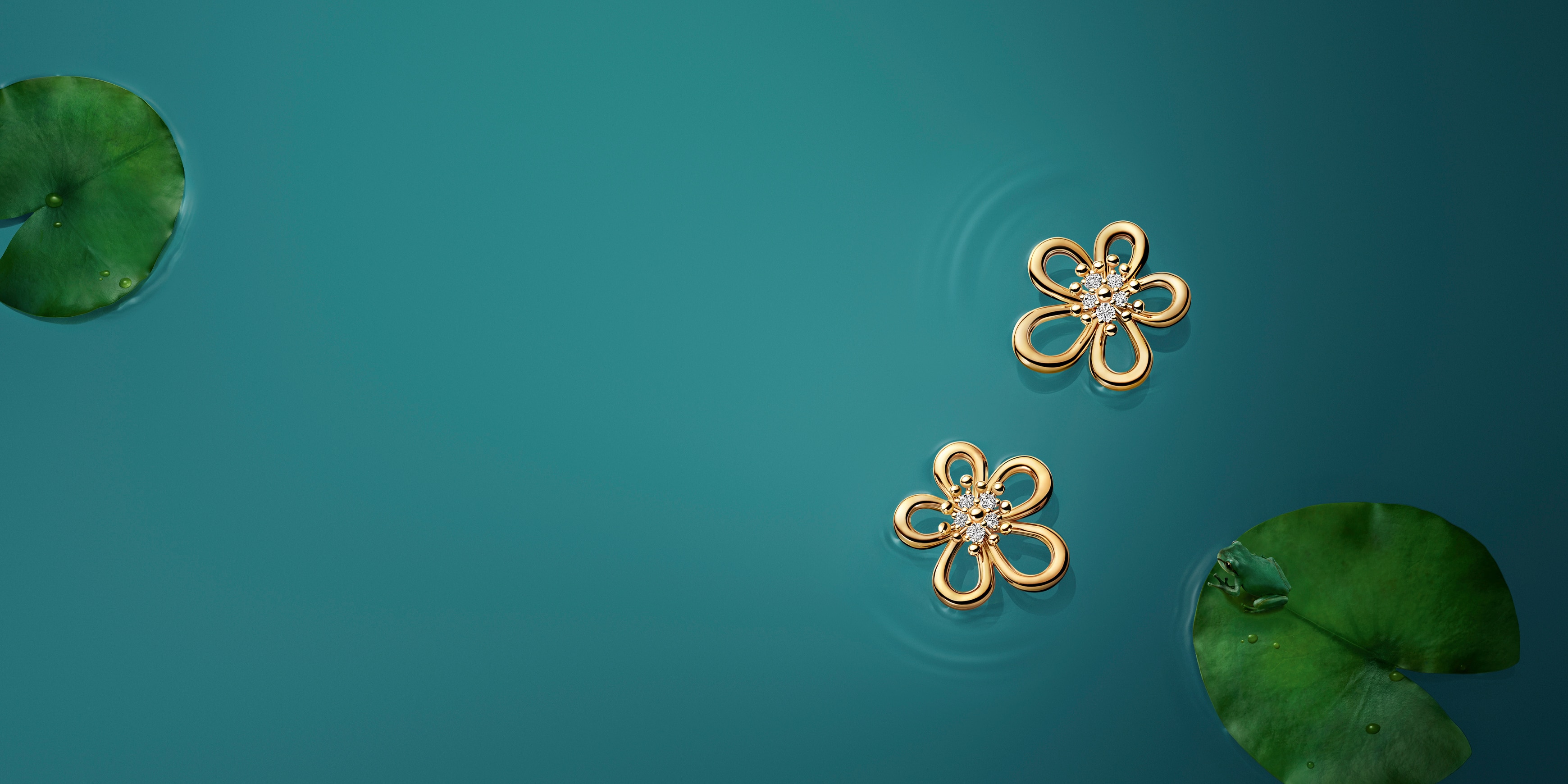My Shopping Bag
Your shopping bag is currently empty.
Recently Viewed
Would you like to pair it with your medal?
Free delivery
- Total (Excluding VAT)
- 0

Thanks to the savoir-faire, creativity and excellence, Van Cleef & Arpels accompanies the happiest moments of life